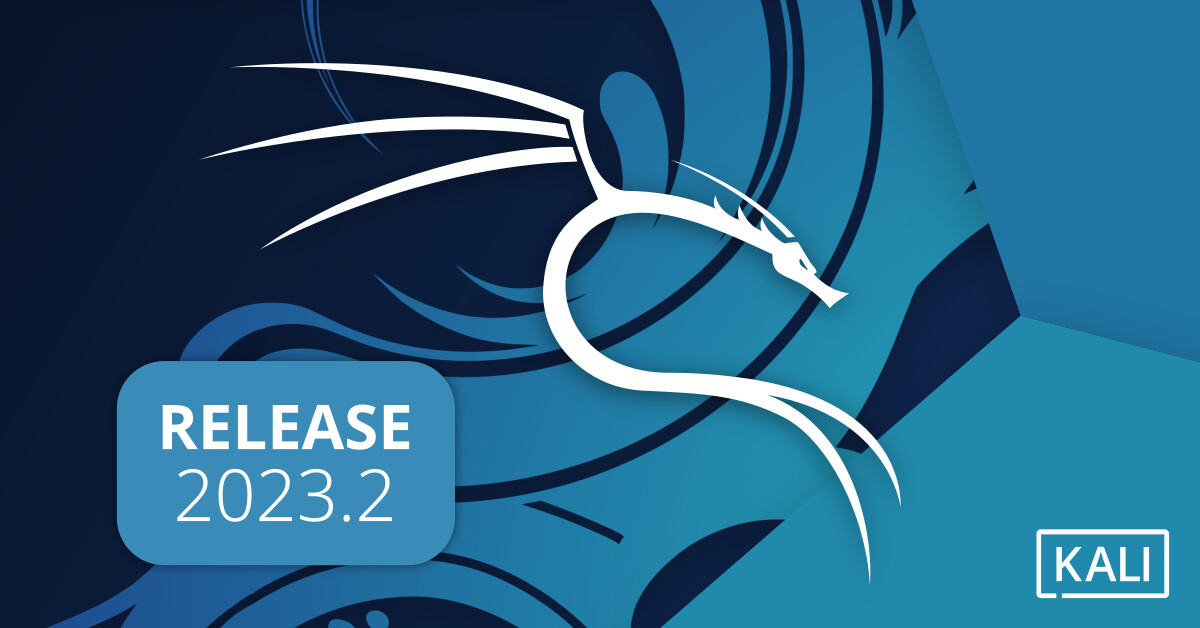YouTube Vanced, a popular modded version of the YouTube app, offers users additional features such as ad-blocking, background playback, and more. However, recent actions by YouTube to ban third-party apps have caused some users to encounter errors during the update process. In this article, we'll explore common update errors encountered by YouTube Vanced users and provide troubleshooting steps to resolve them. Additionally, we'll introduce an alternative, YouTube ReVanced, for users seeking uninterrupted access to enhanced YouTube features.
Understanding the Update Error: Before delving into solutions, it's crucial to understand the impact of YouTube's crackdown on third-party apps. This has resulted in heightened scrutiny and potential issues with updates, including failed downloads, installation errors, or compatibility issues with the device or Android version.
Troubleshooting Steps:
1) Check Internet Connection: Ensure that your device has a stable internet connection. Poor connectivity can lead to interrupted downloads or failed updates. Switching between Wi-Fi and mobile data or connecting to a different network may help resolve the issue.
2) Clear Cache and Data: Sometimes, corrupted cache or data can interfere with the update process. Navigate to your device's settings, then to the "Apps" or "Applications" section. Find YouTube Vanced and select it. Tap on "Storage" and then "Clear Cache" followed by "Clear Data." Restart the app and attempt the update again.
3) Reinstall YouTube Vanced: Uninstalling and reinstalling YouTube Vanced can often resolve update errors. To do this, go to your device's settings, then to "Apps" or "Applications." Find YouTube Vanced, select it, and choose "Uninstall." Afterward, download the latest version of YouTube Vanced from a trusted source and install it anew.
4) Enable Unknown Sources: If you're installing YouTube Vanced from an APK file rather than through the official Google Play Store, ensure that your device allows installations from unknown sources. Go to your device's settings, then to "Security" or "Privacy," and enable the option for installing apps from unknown sources. Remember to disable this option after installing the app for security reasons.
5) Check for System Updates: Ensure that your device's operating system is up-to-date. Outdated system software can sometimes cause compatibility issues with apps like YouTube Vanced. Go to your device's settings, then to "System" or "About Phone," and check for any available system updates. If updates are available, download and install them.
6) Verify APK Integrity: If you downloaded YouTube Vanced from a third-party source, ensure that the APK file is genuine and hasn't been tampered with. Downloading from reputable sources reduces the risk of encountering update errors due to corrupted or modified files.
7) Seek Community Support: If you've tried the above steps and are still experiencing update errors, consider seeking help from the YouTube Vanced community. Online forums, social media groups, or Reddit communities dedicated to YouTube Vanced often have knowledgeable members who can provide guidance and assistance.
8) Install YouTube ReVanced: YouTube ReVanced is an alternative modded version of the YouTube app that offers similar features to YouTube Vanced. Consider installing YouTube ReVanced if you continue to encounter update errors with YouTube Vanced. You can find YouTube ReVanced from trusted sources online. Follow the same installation steps as with YouTube Vanced.
To install YouTube ReVanced, follow these steps:
Install MicroG ReVanced: Begin by downloading MicroG ReVanced from the official website: MicroG ReVanced.
Once downloaded, open the APK file and follow the on-screen instructions to install it on your device. MicroG ReVanced is necessary to enable features like account sign-in and background playback in YouTube ReVanced.
Uninstall old MicroG: If you have an older version of MicroG installed on your device, it's essential to uninstall it before proceeding with MicroG ReVanced installation. To uninstall the old MicroG, go to your device's settings, navigate to the "Apps" or "Applications" section, find the old MicroG app, and select "Uninstall."
Install ReVanced Manager: Next, download ReVanced Manager from the official website: ReVanced Manager.
Once downloaded, open the APK file and follow the installation instructions. ReVanced Manager serves as a hub for managing updates and configurations for YouTube ReVanced.
If your are still facing any issue, please comment below.




.png)


.png)
.png)




